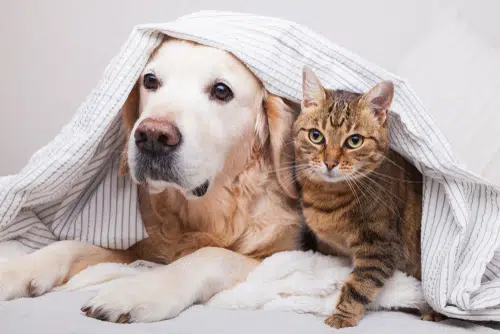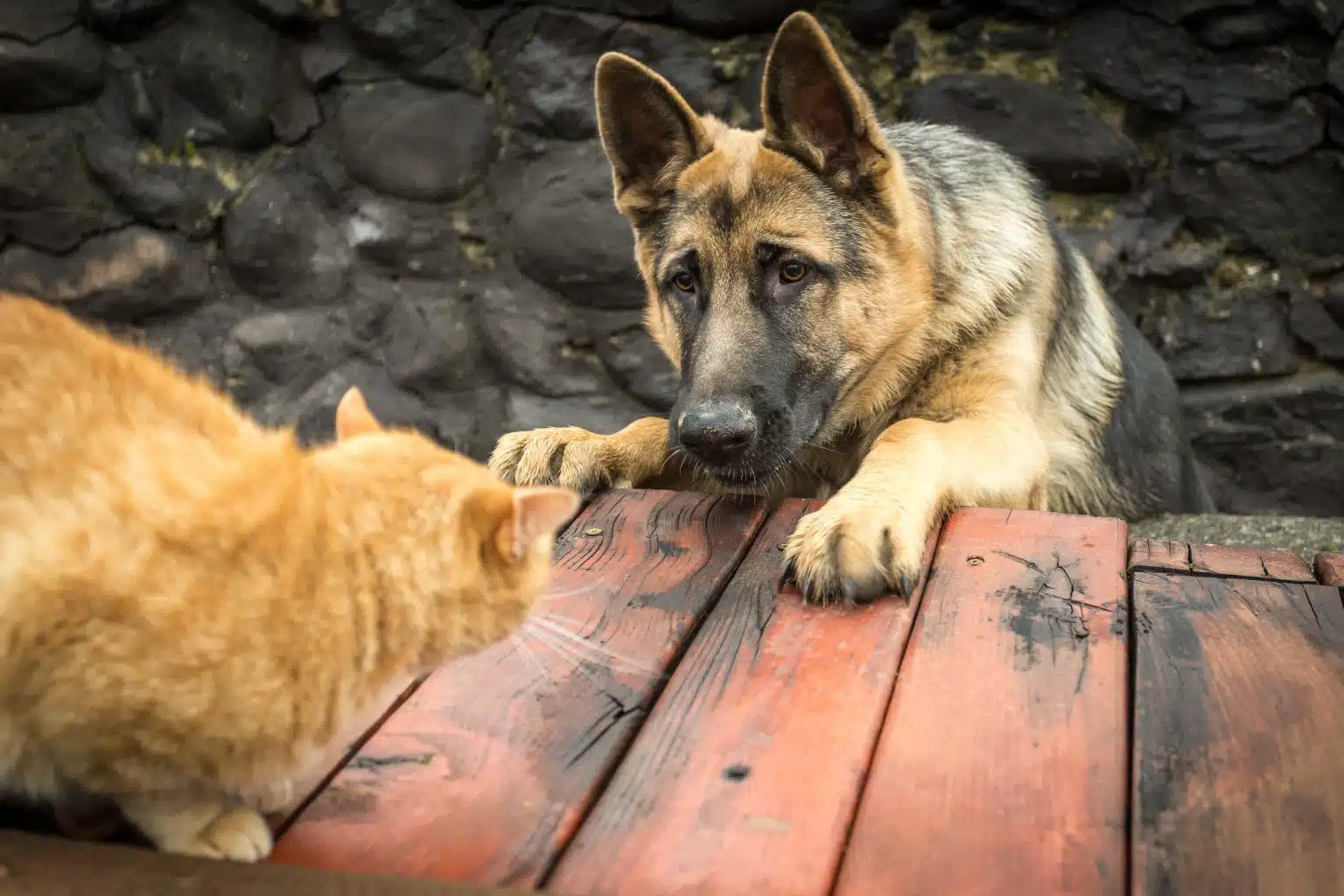Categories
Tags
animal welfare
breed profile
buying a car
buying a pet
Car
car accessories
car care
car features
car insurance
Car safety
car sales
car service
cat
cat behaviour
cat body language
Cat Breeds
cat food
cat insurance
comprehensive car insurance
Dog
Dog Behaviour
dog body language
Dog Breeds
dog food
Dog Insurance
dog training
eco friendly cars
Kitten
New Car
pet accessories
pet activities
Pet Adoption
pet breeders
pet days of the year
pet fun stuff
Pet Health
pet insurance
pet parenting
Pet Safety
pet services
Puppy
rescue pets
road safety
road trip
safe driving
Recent Blog:
Facebook Posts
3 days ago
Are intestinal worms setting up camp in your dog’s gut without paying rent? Here’s how to spot the main culprits and get rid of them too:![]()
![]() Preventing, Identifying and Treating Intestinal Worms in Dogs - bit.ly/43YjCKu
... See MoreSee Less
Preventing, Identifying and Treating Intestinal Worms in Dogs - bit.ly/43YjCKu
... See MoreSee Less
Preventing, Identifying and Treating Intestinal Worms in Dogs
www.pd.com.au
Intestinal worms, such as roundworms in dogs are one of the least glamorous topics on the planet. These intestinal parasites that basically use our dogs
PD Insurance
with Dogs West.
5 days ago
We enjoyed meeting #breeders #doglovers and members at the Dogs West Open Day. Special thanks to our partner Dogs West for organising an incredible event. There is still time to enter our pawsome competition. Click here for details: bit.ly/4covyce![]() #PDinsurance #dogswestopenday #dogswest
... See MoreSee Less
#PDinsurance #dogswestopenday #dogswest
... See MoreSee Less
5 days ago
Did you know? The Manx is a breed that is known for its lack of a tail, which is caused by a genetic mutation.
... See MoreSee Less
We know that cats and dogs like to chase different things. The situation becomes sticky when they live together, or cross paths as neighbours, and dog goes after kitty. Here’s why dogs chase cats and what you can do about it.
Different games
It might be a game, or there might be more to it.
“Something small and furry like a cat will naturally trigger the prey drive in your dog,” explains Wag Walking. “Instinct kicks in.” This doesn’t mean the dog wants to eat the cat. In many human households, dogs and cats accept each other as kin and even play together. But they play differently.
Dogs play ‘chase’ and ‘catch’ with other dogs as pups and adults; cats grow out of it soon as they hit adolescence (when they become fertile and start mating). With one party wanting to chase for fun or food, and the other only chasing for food, both often misinterpret the situation – especially as they don’t speak the same language.
Distinct species, different body language cues
Dogs and cats can miscommunicate. One way dogs say ‘hi’ is with a tail wagging in the sky. Cats with a swishing tail up are saying ‘oy, you might be a problem’, so when Dog says ‘hi’ (wag wag), cats may be thinking, “uh oh I’m outta here”. And the dog might think, “oh, she wants to play, yay!”
The inherent contrasts in these forms of canine and feline communication often lead to immediate conflict, at least in both species’ minds, and that means … fight or flight.
From pooch’s perspective
It can be a sore game. When cats let dogs know that they don’t want to play chase with their claws and jaws (fight), dogs are left with the post-encounter effects. They often slink away to lick their scratches (avoiding cats for a while … or forever).
From kitty’s perspective
Dogs are generally larger than cats (or, in the case of Yorkies, have larger-than-life personalities) and often have exuberant, high-energy natures. In contrast, cats can be extremely sensitive and timid creatures. So, kitty bolts (flight). Wouldn’t you rather be safely up in a tree than scrambling around on the ground with an over-eager pooch?
Caught in a loop
Cats sprinting away from a perceived annoyance or danger only makes the dogs chase after them faster. Round and round the garden. Sigh.
It seems a sad cycle, unless you realise that – as the human in the household – you have some sway. You can train dog not to chase Kitty.

How to train Rover NOT to overwhelm Kitty
“Begin by introducing them,” suggest Flex Pets. “It does help if one or both of them are young.”
You can help your pets learn to live together by assuring them they are safe, loved, and will still be taken care of regardless of how they interact with the other animal. Though obviously they will be disciplined (firmly but fairly) if they are harming them. As they grow accustomed to each other, they can negotiate their relationship terms.
Tip 1
Interrupt the behaviour. Distract your dog when you see him settle into chase stance. But take care. Wag Walking warns that initial lip licking and play bowing might be a sign of playfulness, where lip licking and salivating mean something more sinister…
Tip 2
Pre-empt the behaviour to avoid it. Ideally, catch it before it happens (which is why we love puppy school – they teach you to easily read dog body language).
Tip 3
Avoid your dog getting into the habit of chasing cats at all. Knowing which games your pooch finds irresistible is a good start, as is making sure he’s not bored.
“If the only thing your dog has to do is chase your cat,” cautions PetMD, “chasing your cat is going to be his favourite activity.”
Tip 4
Train your pooch to respond to you diligently so that you can completely dispel the behaviour (by taking charge). Dog Training Excellence points out that you should teach your dog to ask your permission, come when called, drop – or let go of – something when commanded, and respond to your attempts to communicate even if far away.
Be mindful of these dog obedience fundamentals and you can intercept and pre-empt the chase behaviour. Which means ‘dogs chase cats’ is no longer a given in your household.
Best part is, when both pets are happy, there’s more cuddles for you!
Make sure you are covered for any injury or damage your pooch or pussycat may cause each other, with PD Insurance pet insurance. View our cat insurance plans and dog insurance plans.
Share On:




